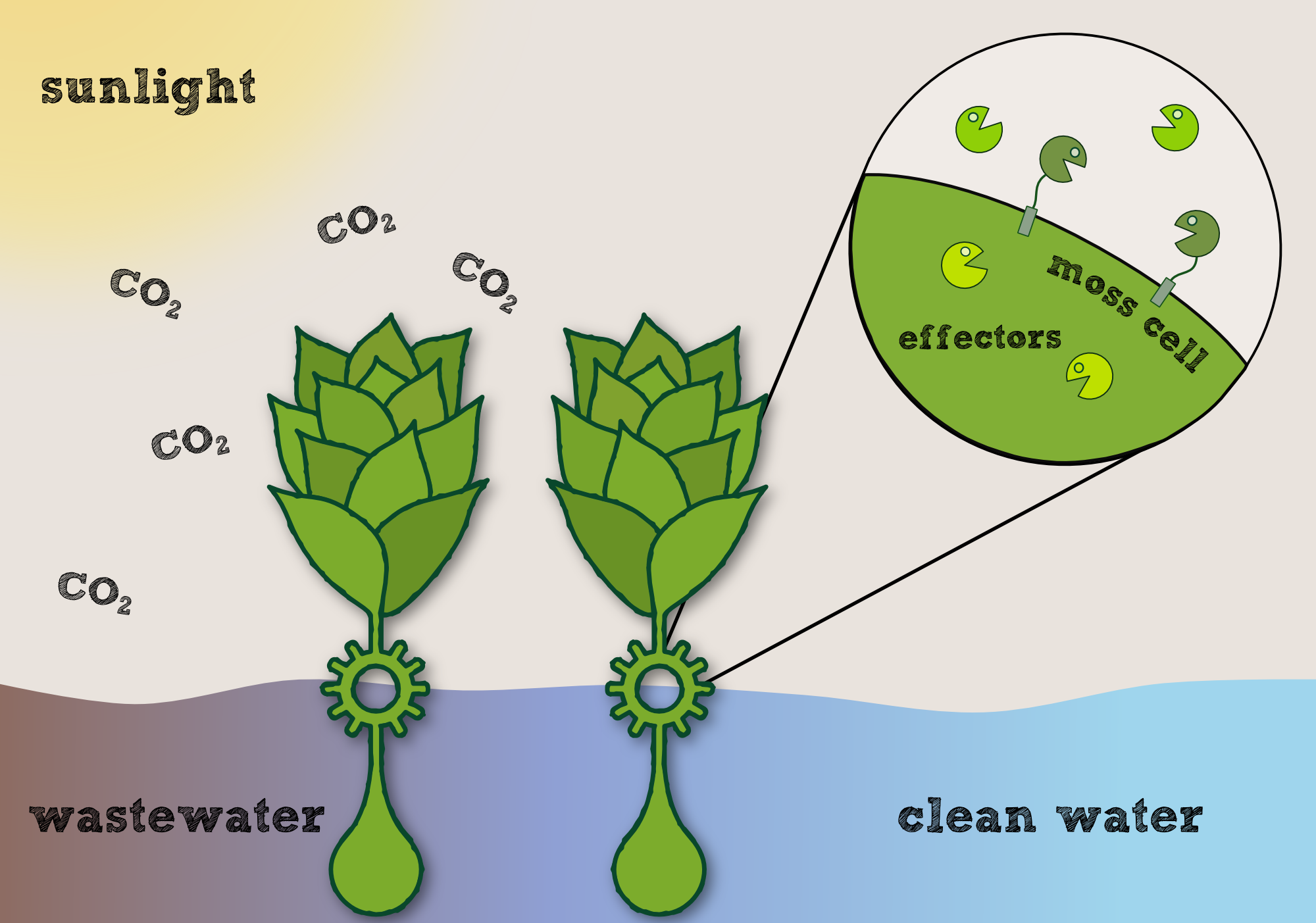Team:TU-Munich
From 2013.igem.org
| Line 11: | Line 11: | ||
</ul> | </ul> | ||
<div style="height: 50px; margin: 14px 0px 5px;"> | <div style="height: 50px; margin: 14px 0px 5px;"> | ||
| - | <div style="float: left; text-align: right; width: | + | <div style="float: left; text-align: right; width: 140px; height: 40px; margin: 5px 0px;"> |
<span id="counter" style="color: #502204; font: normal 24px/40px sketch_rockwell,Arial,sans-serif;">0</span> <a href="https://2013.igem.org/Special:PopularPages">visitors</a> | <span id="counter" style="color: #502204; font: normal 24px/40px sketch_rockwell,Arial,sans-serif;">0</span> <a href="https://2013.igem.org/Special:PopularPages">visitors</a> | ||
</div> | </div> | ||
Revision as of 13:28, 2 October 2013
PhyscoFilter – Clean different
The contamination of aquatic ecosystems with a multitude of anthropogenic pollutants has been a problem since the industrial revolution. Pollutants such as antibiotics, hormones and toxins threaten environmental health and are often not effectively removed by traditional water cleaning methods. We propose the employment of transgenic plants producing effectors for enzymatic degradation (BioDegradation) or specific binding (BioAccumulation) of pollutants. The autotrophic, sedentary, aquatic nature of the moss Physcomitrella patens makes it an optimal chassis for a self-renewing, low-maintenance and cheap water filter. A light-triggered kill switch prevents unintended release into the environment by limiting viability to places where a specific wavelength spectrum has been filtered out. Furthermore, having developed a system to implement our filter in aquatic environments, we investigated the application of this new technology and examined its economic potential. Based upon our results, we believe that our approach can improve the global water quality in a sustainable fashion.
Sponsors

 "
"























AutoAnnotator:
Follow us:
Address:
iGEM Team TU-Munich
Emil-Erlenmeyer-Forum 5
85354 Freising, Germany
Email: igem@wzw.tum.de
Phone: +49 8161 71-4351